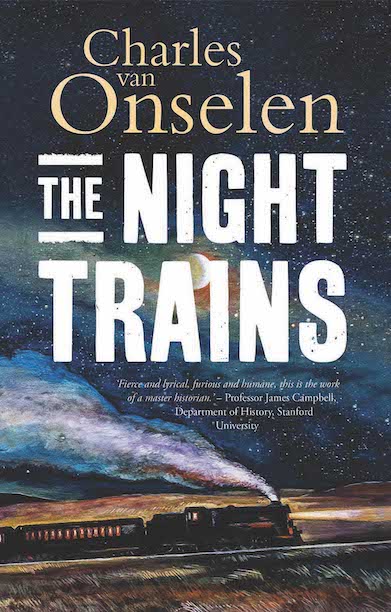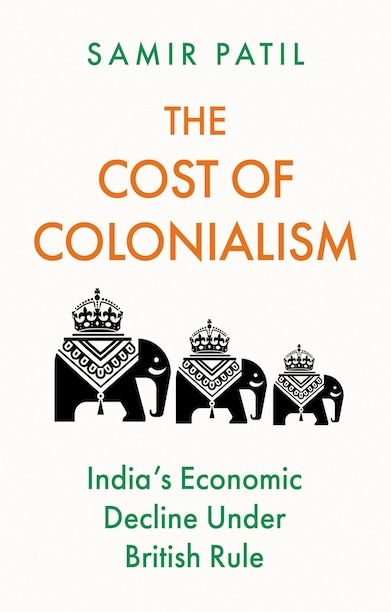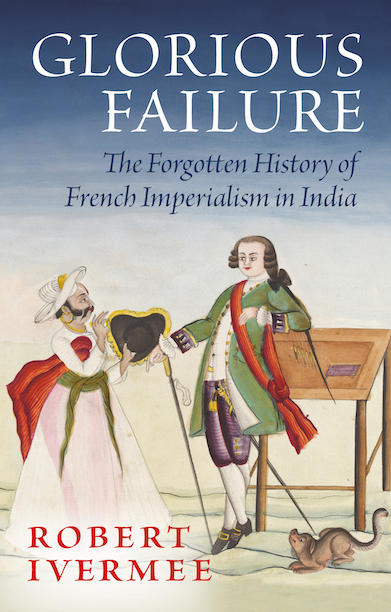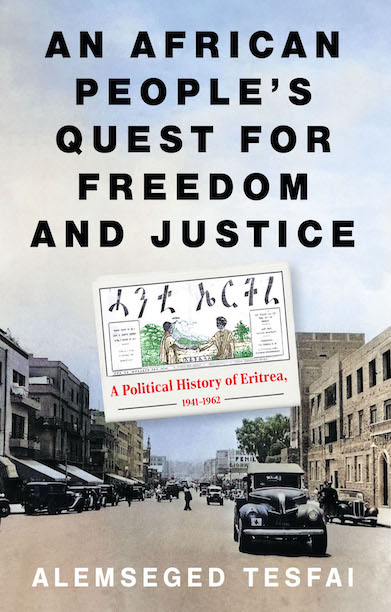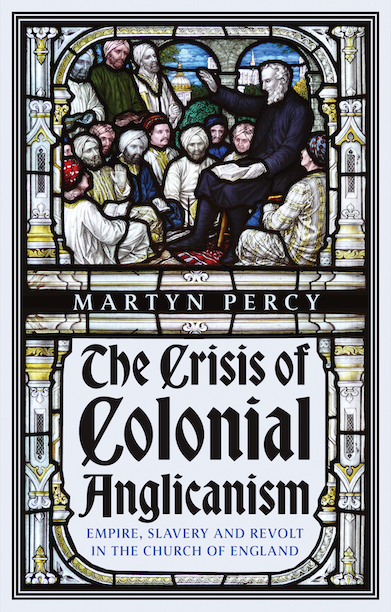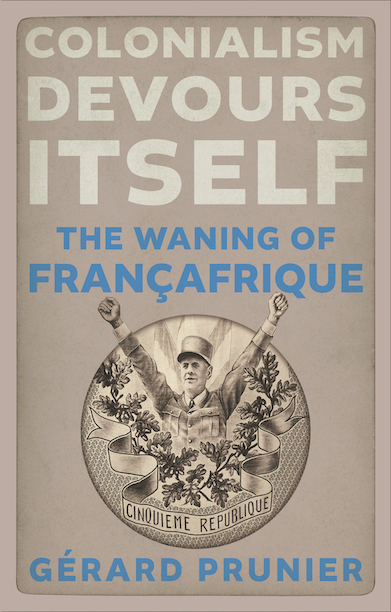The Night Trains
Moving Mozambican Miners to and from the Witwatersrand Mines, 1902–1955
This seminal and beautifully written book tells the story of commodification of black labour in South Africa.
Description
This seminal book reveals how black labour was exploited in twentieth-century South Africa, the human costs of which are still largely hidden from history. It was the people of southern Mozambique, bent double beneath the historical loads of forced labour and slavery, then sold off en masse as contracted labourers, who paid the highest price for South African gold. An iniquitous intercolonial agreement for the exploitation of ultra-cheap black labour was only made possible through nightly use of the steam locomotive on the transnational railway linking Johannesburg and Lourenço Marques. These night trains left deep scars in the urban and rural cultures of black communities, whether in the form of popular songs or a belief in nocturnal witches’ trains that captured and conveyed zombie workers to the region’s most unpopular places of employment.
By tracing the journeys undertaken by black migrants, Charles van Onselen powerfully reconstructs how racial thinking, expressed logistically, reflected the evolving systems of segregation and apartheid. On the night trains, the last stop was always hell.
Reviews
‘The great master of social history, van Onselen, provides us an unsurpassable lesson in the commodification and disposal of human life.’ — James C. Scott, Sterling Professor of Political Science and Anthropology, Yale University
‘Fierce and lyrical, furious and humane, this is the work of a master historian’. — Professor James Campbell, Department of History, Stanford University
‘Occasionally, social history research shines a piercing light on the entanglement of transport and society. Van Onselen’s dazzling study of just one train route is about journeys loaded with fear, loathing and contempt. The Night Trains is a devastating account of human burden and wreckage.’ — Gordon Pirie, African Centre for Cities, UCT
‘If you have never known about the fourteen-coach up-train 804 and the down-train 307, and their cargo of Mozambican men in cattle wagons, shuttling between Ressano Garcia, in Mozambique, that captured source of mine-bound labour, and Booysens railway station in Johannesburg, that mining hub in Southern Africa hungry for cheap labour, you are now about to know. You will know about colonial visions and the brutal mining origins of South African capitalism. It is an effect that will never let go of you. And then you will ask: where is South Africa today; where is it going? And you will ponder for a long time.’ — Prof Njabulo S Ndebele, Chairman of the Nelson Mandela Foundation and former Vice Chancellor of the University of Cape Town
‘The place of technology in social affairs is never neutral. But some are less neutral than others. Writing with deep empathy and evocation for the ordinary people in history for which he has become so uniquely capable, Charles van Onselen tells the story of the role of the locomotive in regimenting, deceiving, ensnaring, holding, destroying, indeed sucking in and puffing out, the thousands of Mozambican miners who came to work the mines of South Africa in the early 20th century. Nelson Mandela named his Presidential residence in Pretoria Mahlamba Ndlopfu (Tsonga for ‘new dawn’) in honour of the people of Southern Mozambique who made (some in) South Africa prosper. Charles van Onselen documents why.’ — Wilmot James, Visiting Professor at Columbia University and author of Our Precious Metal: African labour in South Africa’s Gold Industry 1970-1990
Author(s)
Charles van Onselen is an acclaimed historian of Southern Africa and Research Professor at the University of Pretoria. He has been honoured with visiting fellowships at the University of Cambridge, the University of Oxford and Yale University.
